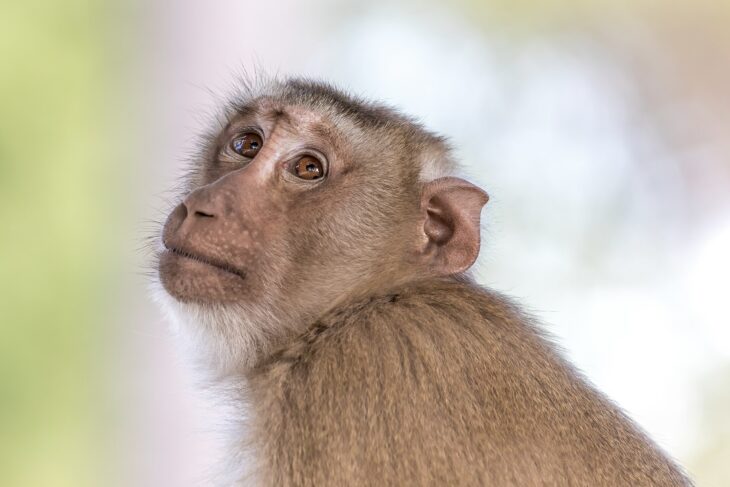In recent years, scientists have combined cells from embryos with different sets of genes to create single organisms, known as embryonic chimeras. They use these chimeras to study animal development, evolution, and disease, and to create human organs for transplants.
In the 1960’s, scientists created the first embryonic chimeras from two mice with different genes, to see how regular mouse cells interacted with genetically changed mouse cells, and to learn about their biological processes and disease. However, researchers can’t use mice to directly study human disease because their bodies function differently. Monkeys are more closely related to humans, so offer a more faithful model for researchers to study human biology and disease.
A team of researchers in China recently created live monkey chimeras using special versatile cells from embryos, called embryonic stem cells. These cells can develop into specialized cells responsible for reproduction, called germ cells, or a type of tissue supporting fetal development, called the placenta. They created the monkey chimeras by combining the embryonic stem cells from these monkeys with an embryo from the same type of monkey with different, naturally-occurring genes. They wanted to demonstrate how these stem cells could grow into different types of tissues and bodily organs inside the embryo.
The researchers studied a species of monkeys from southeast Asia, called cynomolgus monkeys, also known as crab-eating macaque. They selected 4 healthy female monkeys ranging in age from 5 to 12 years old to serve as surrogates for the embryos, and kept them at the non-human primate facility of the Center for Excellence in Brain Science and Intelligence Technology in China, where they fed them a stable diet of animal food.
They injected 206 monkey embryos with stem cells to create the chimeras. They tagged the stem cells with a green fluorescent protein, which served as a marker to see which tissues grew from the stem cells. They grew the embryos in a petri dish until they developed into a spherical fluid-filled structure consisting of 100 to 200 cells, and transferred the ones with a green fluorescent marker into the surrogate female monkeys. They observed the monkey surrogates to see if they became pregnant, then retrieved their babies once they were born.
The scientists examined how many stem cells grew in the monkey chimeras by performing two types of genetic analyses on tissues from different parts of their bodies. First, they performed a type of DNA analysis called short-tandem-repeat analysis. This analysis works by checking unique DNA codes in the cells, akin to examining tags on clothes. They used this method to compare the codes of the stem cells with the codes of the host embryo cells. If the codes matched, it meant tissues from the chimeras contained the injected stem cells.
The researchers also used a second type of DNA analysis called deep sequencing. This method works like a detective with a super-powered microscope reading single chapters in a tiny book to figure out who wrote them. In this case they used it to distinguish between the stem cells and the host embryos, by figuring out who wrote different parts of the genetic story by reading parts of the genes.
When the researchers transferred the embryos, 12 of the female monkeys became pregnant and 6 of them had live births. They found the 6 monkey chimeras had obtained 21% to 92% of their cells from the stem cells, with an average of 67% stem cells across 26 different types of tissues they tested. The scientists also found the monkey chimeras had a high contribution of the stem cells in their brains, suggesting they could be helpful for studying brain disease in humans.
The researchers concluded the stem cells cooperated well with the other cells during development, which meant they could be used by scientists to create monkeys or other animals with modified genes. They also suggested conservation scientists could use similar methods to integrate stem cells from endangered species into reproductive cells, to help in breeding and increasing their population. They recommended future researchers expand their work to studying human diseases and species conservation.


